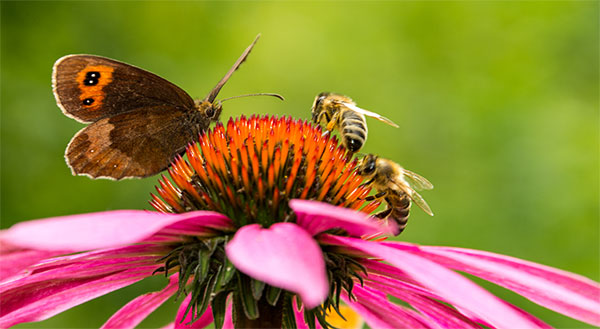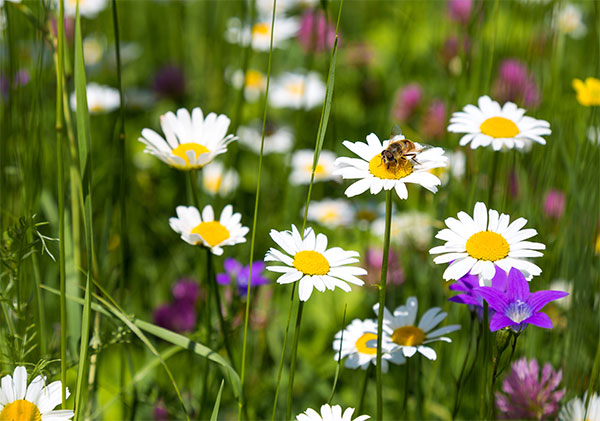Menu
Last year, we partnered with Bee1 to combat the decline in bee populations and pave the way towards a brighter future. We sponsored a hive at Bee1 as part of our broader commitment to the environment and sustainability.
To add to this commitment, we have designed a beehive-shaped seed pack, which contains a diverse range of wildflower species. These packs will be distributed at exhibitions and sent to schools. The seed mixture used in the packs is supplied by Landlife Wildflowers (external link), a company with over twenty years of experience in growing and providing native British wildflower products.


The LWBP Butterfly & Bee Wildflower Seed Mix by Landlife Wildflowers is carefully formulated to provide maximum benefit to bees and butterflies, incorporating the RHS's recommended 'Plants for Pollinators'. This mix consists of 23 different native wildflower species and 3 naturalised 'super-pollinators', ensuring optimal support for these crucial pollinators.
